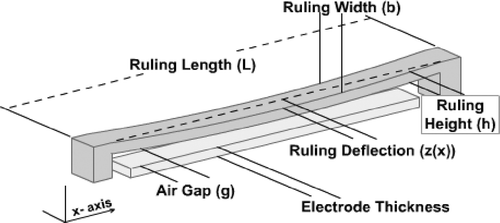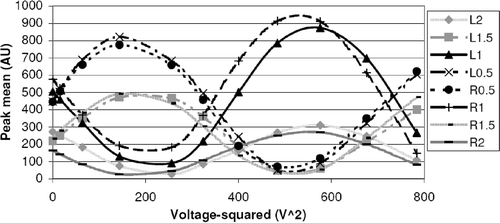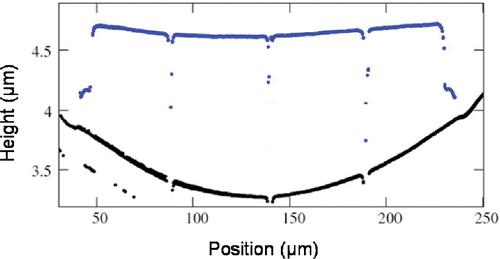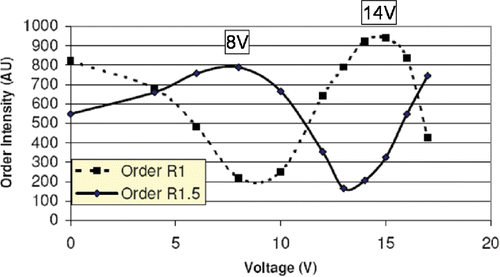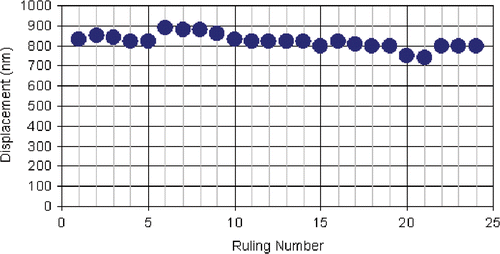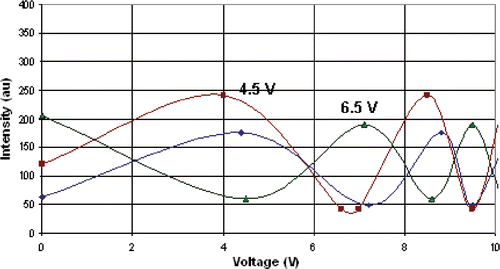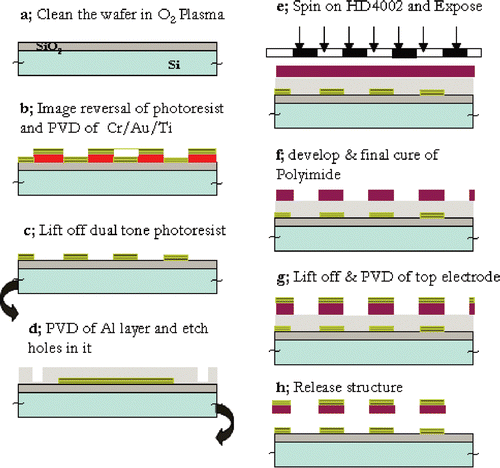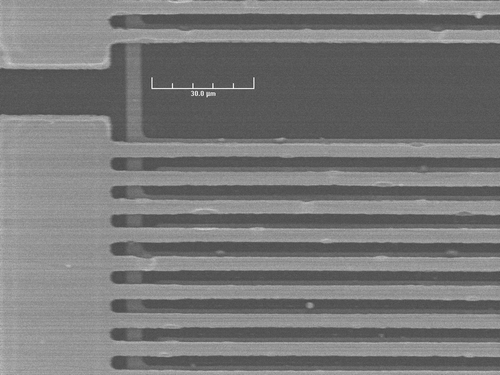Figures & data
Figure 1. Cross section of D-MEMS in passive state (upper left) and actuated state (lower left), with their corresponding diffraction patterns (right).
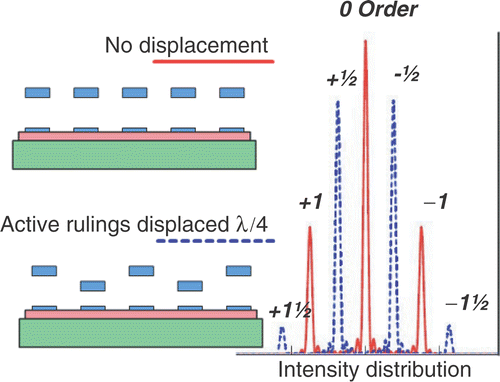
Table 1. Dimensions of rulings used in capacitance simulations.
Table 2. Constants for electrostatic force including fringe-field effect.
Figure 3. Comparison of analytical equations and simulation of electrostatic force as function of air gap for 2 µm wide ruling-electrode model.
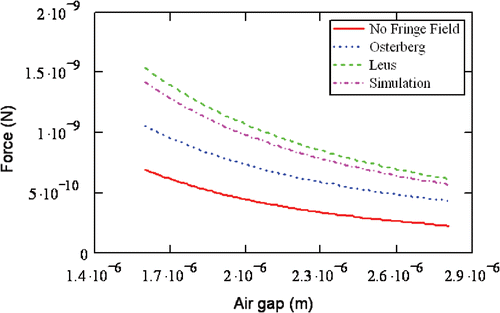
Figure 4. Schematic (not to scale) of: (a) Double-Clamped design, (b) Cantilever-Suspension design, and (c) Double Grating design.
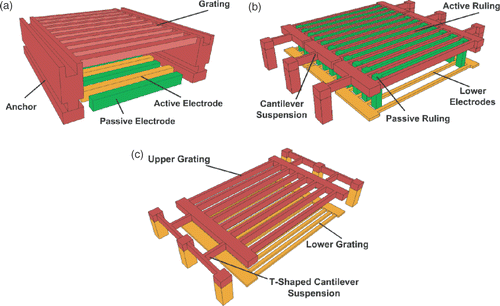
Figure 5. Double-Clamped device results: (a) SEM image showing the anchor and rulings, (b) WLI result showing 80 nm centre ruling buckling on average.

